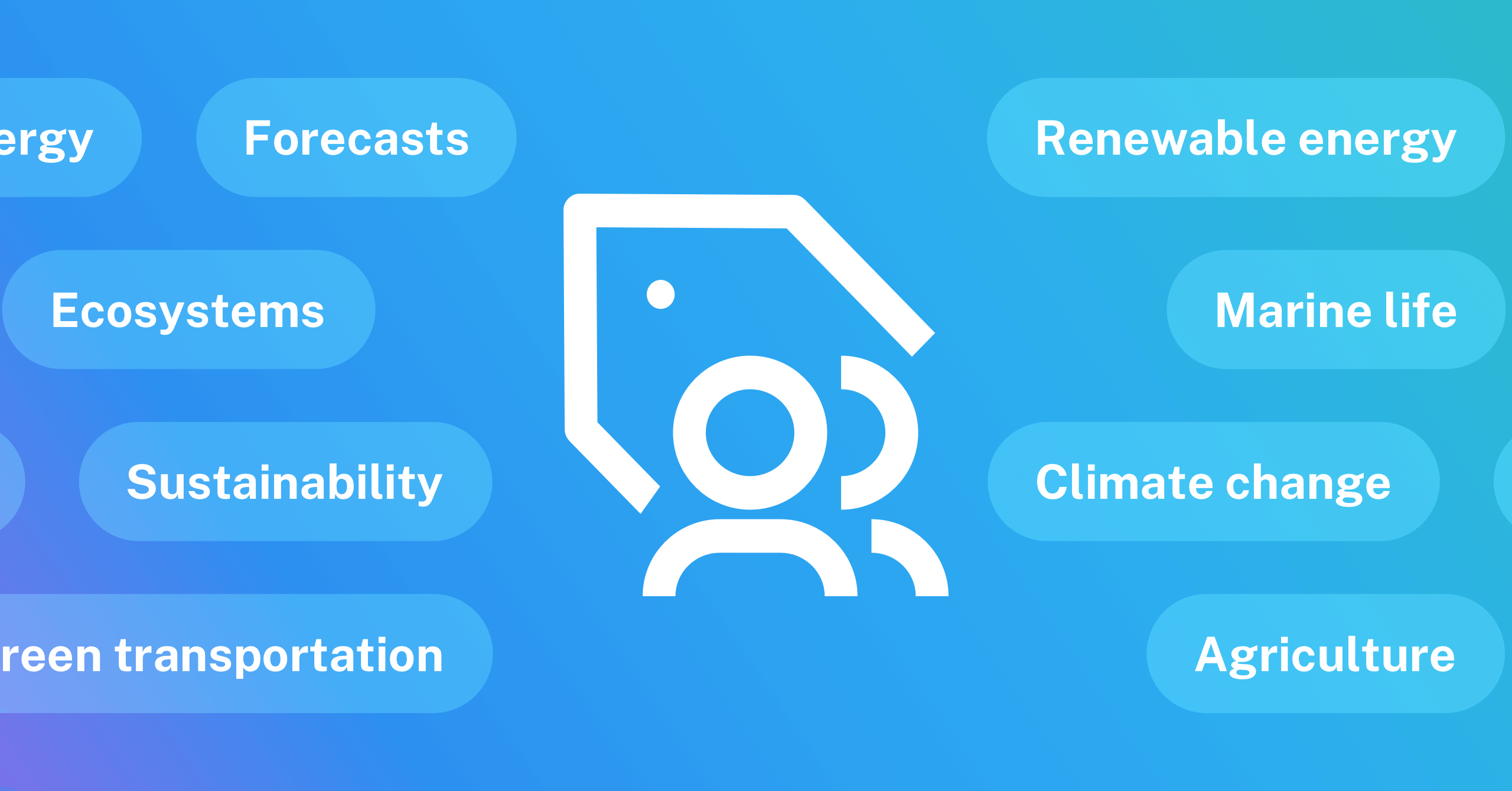Ford goes all-in on electric vehicles – Technologist
For Ford, the transition to electric vehicles is a leap of faith. The American brand, struggling to find its feet on the European market, has resolutely cut its ties with internal combustion engine models in Europe, without yet fully securing its position. Following the discontinuation of the Mondeo and C-Max, the best-selling Ford Fiesta was sacrificed last year, and the Focus, another popular vehicle, will cease production at the end of 2025. The first effects of this major reorganization were soon felt. Sales fell by 15% in Europe in the first four months of the year (to 152,500 units), and a plan to cut more than 4,000 jobs was launched at the German, British and Spanish plants.
For Ford, this is the price to pay for focusing on all-electric vehicles. The automaker, which has no intention of calling into question its objective – to sell all-electric passenger cars by 2030, five years ahead of the official timetable set by the European Union, and by 2035 for its commercial vehicle range – is aiming to produce 2 million all-electric vehicles a year by 2026 and achieve an operating margin of 10%. After reducing its range from 18 to half a dozen models, Ford is speeding up the renewal of its catalog.
The problem is that this renewal will inevitably take time as the automaker does not have its own platform to serve as a technical base for its future EVs at competitive costs. The Detroit-based brand, which produces commercial vehicles on behalf of Volkswagen, has turned to the Wolfsburg-based firm for a transitional solution. The German manufacturer supplies the MEB platform on which the ID.3 and ID.4 models are based. This finally enables Ford to enter a market where it currently only offers the Mustang Mach-E, a large electric car with a strong personality but not really a mainstream option.
Penalized by its isolation
The result is the Explorer, a 4.46-meter-long SUV designed for Europe which is about to go on sale and whose designers hope to sell around 10,000 units a year in France. Externally very different from a Volkswagen, and designed to have a more “American” look – which suits it rather well – as the brand wishes to emphasize its origins and history, this model, priced between €43,900 (excluding €4,000 bonus) and €57,500, is produced at the Cologne plant. This plant has undergone a €1.87 billion investment to develop, among other things, automation.
In the coming months, a larger, sportier SUV, also built on the MEB platform and christened Capri, will join the Explorer in this production unit which can produce 250,000 vehicles a year. Given the beliefs of the brand’s management – according to them, a plant operating at less than 70% capacity is not profitable – production targets for these two models are likely to be rather high. An electrified version of the Puma, a small vehicle comparable in size to a Peugeot 208, is also planned for 2025 but we’ll have to wait until 2027 for a model developed on a Ford multi-energy platform (electric and combustion), enabling it to be offered with a hybrid powertrain.
You have 29.22% of this article left to read. The rest is for subscribers only.


